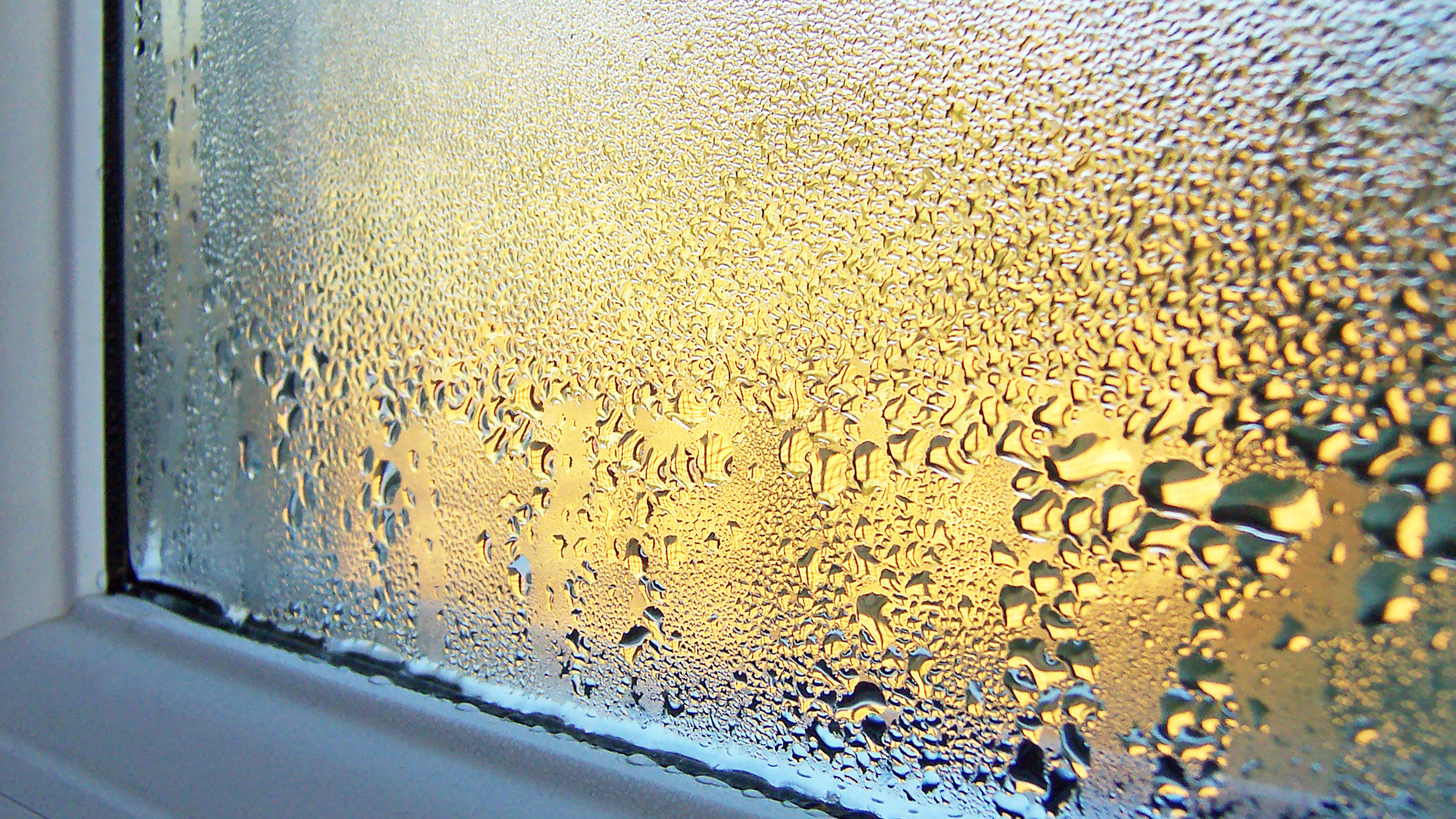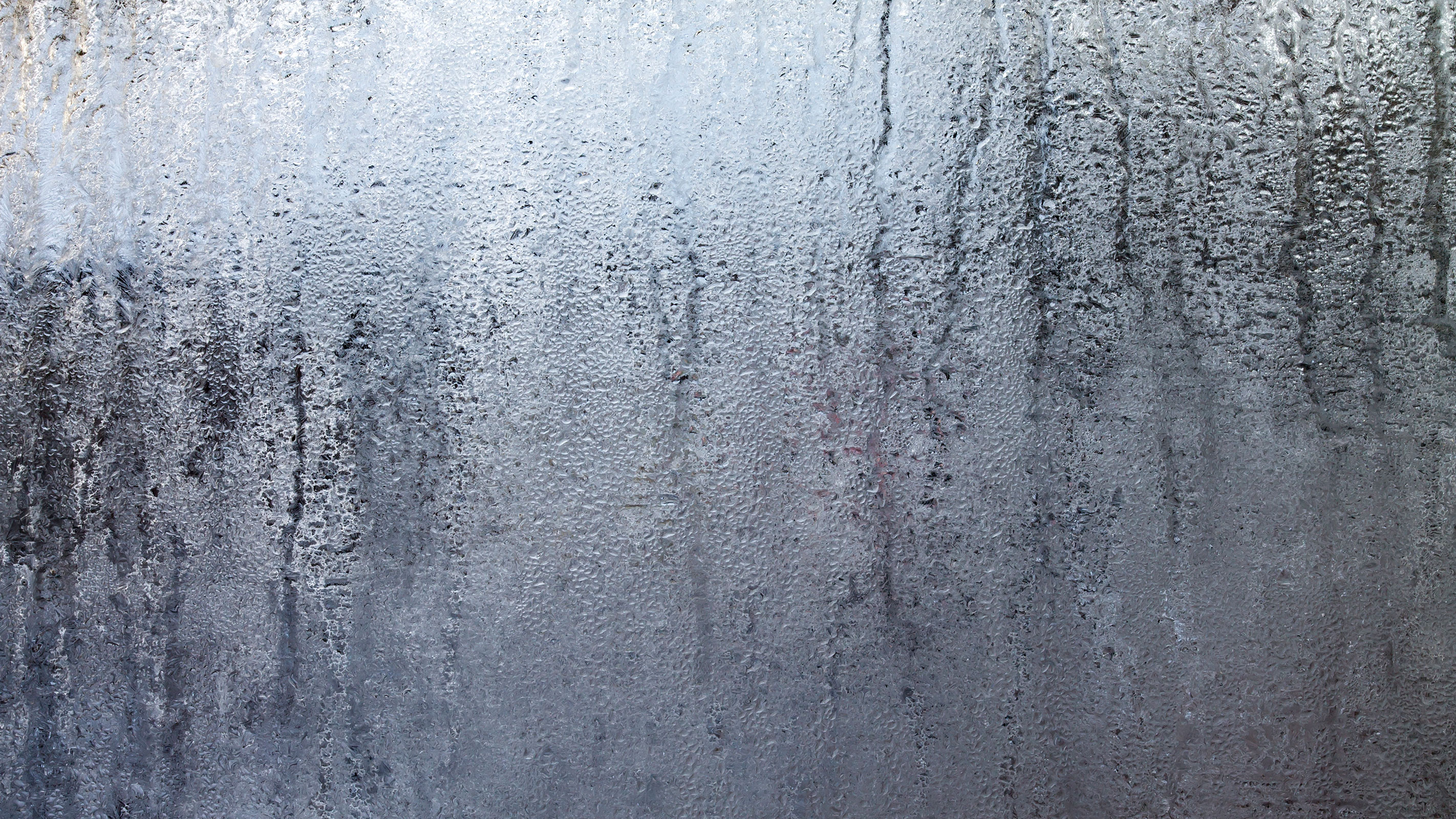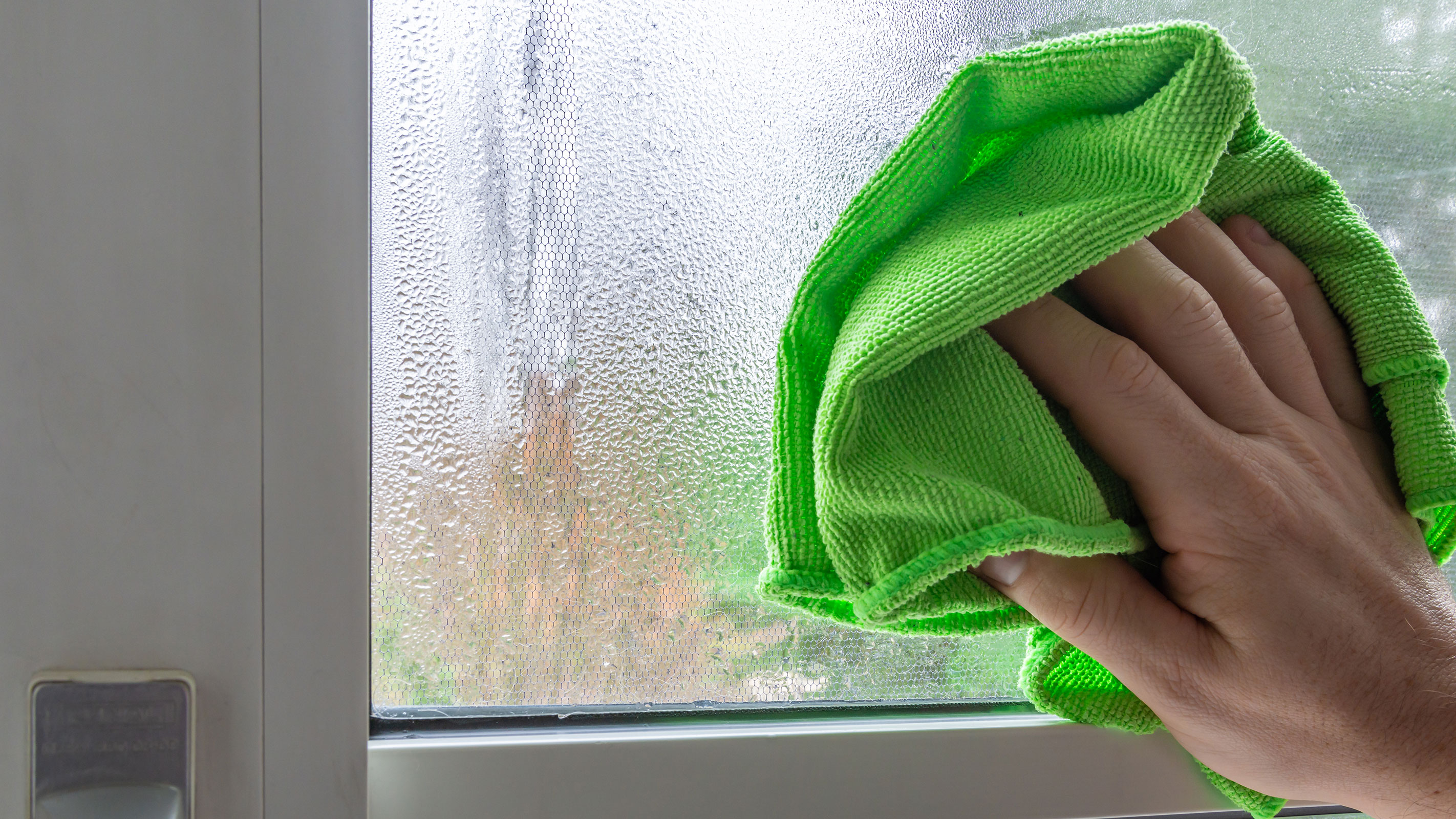What is condensation and how can you prevent it?
Just what is condensation — aside from annoying and unsightly? Whether your windows are running with it, you've noticed it on the walls or, worse still, you are suffering from 'toilet sweating', we investigate

Aside from a nuisance, what is condensation exactly? From little streams of the stuff running down your windows and pooling on the cills to damp walls, condensation is most certainly not welcome in our homes.
Understanding how to stop condensation in a house is really important for a number of reasons. In homes suffering from condensation, it can lead to all kinds of secondary problems, such as peeling wallpaper or paint, rotten window cills and mould on walls and fabrics.
Here, we take a look at what condensation is, what causes it in a house and how you can reduce and even prevent it entirely.
What is condensation?
Whether you are dealing with window condensation or are battling it elsewhere in your house, understanding what it is exactly is useful when it comes to winning the fight.
Quite simply, condensation is the result of warm, moist air suddenly dropping in temperature, for example when it comes into contact with the cold glass of a window or the inside of an uninsulated external wall.
When air is very warm, its ability to hold lots of water is increased. However, once the temperature of that air falls, the water is released in the form of droplets — or condensation.
Where does condensation occur?
Condensation really can happen anywhere where humidity levels are high and there are cold surfaces, but the most common areas where condensation happens tend to be on windows (particularly single-glazed windows as the inside of the glass will be colder than with double glazed), walls and ceilings.
Bring your dream home to life with expert advice, how to guides and design inspiration. Sign up for our newsletter and get two free tickets to a Homebuilding & Renovating Show near you.
That said, condensation on toilet cisterns is also a common occurrence — a phenomenon known, rather unpleasantly, as 'toilet sweating'.

What causes condensation in houses?
Our everyday lives increase the amount of water vapour in our homes — from cooking and showering or bathing to hanging up wet washing and even breathing. As mentioned before, there is only so much moisture that air can hold and once it becomes fully saturated it will release this water vapour back into the air and onto any colder surfaces it reaches.
Excess humidity is one of the main culprits when it comes to causes of condensation so you need to begin by asking 'what is normal humidity in a house?'
"Excess humidity causes mould and condensation, which can be found on windows or areas where water evaporates frequently,” explains Chris Michael, Managing Director of dehumidifier specialists Meaco.
“The average humidity inside UK homes should be around the 50-55%rh range and be slightly lower in winter months,” says Chris. “Maintaining a humidity target of 40% in the winter will keep condensation from forming on your windows.”
Other causes of condensation in include poor ventilation, fluctuations in air temperature and inadequate insulation.

Can condensation cause health problems?
While condensation itself has not been strongly linked with any serious health conditions, the subsequent issues it causes have — namely damp and mould.
According to the NHS, damp and mould in a house can cause some serious respiratory problems, along with allergies and asthma. They also say it can negatively impact on the immune system.
So what do damp and mould have to do with condensation? Condensation causes excess moisture, and what causes damp? Too much moisture. In damp conditions, mould thrives. While condensation is certainly not the only cause of damp and mould, by reducing or eliminating it you will be helping matters considerably.

How do I stop condensation?
Thankfully, there are many steps you can take to get a condensation problem under control.
Focus on these main aspects of solving condensation:
- Improve ventilation: Whether this is by opening windows every day for around 15 minutes, fitting trickle vents to windows, investing in a good extractor fan for your kitchen or bathroom or installing a whole-house solution like a MVHR system — the better your ventilation, the less likely you are to suffer from condensation.
- Add insulation: Upping the insulation in your walls will help keep them at a temperature above the dew point of the air inside.
- Reduce moisture levels in the air: Open windows and doors, avoid drying wet washing indoors where possible, invest in a dehumidifier and always make sure your extractor fans are running in kitchens and bathrooms when you are using them.
- Keep temperature levels constant: Avoid fluctuations between hot and cold by keeping your heating on a constant low temperature.
- Consider upgrading your windows or glazing: Double-glazed and triple-glazed windows are less likely to suffer from condensation than those that are single glazed (although condensation outside can still occur).
Natasha was Homebuilding & Renovating’s Associate Content Editor and was a member of the Homebuilding team for over two decades. In her role on Homebuilding & Renovating she imparted her knowledge on a wide range of renovation topics, from window condensation to renovating bathrooms, to removing walls and adding an extension. She continues to write for Homebuilding on these topics, and more. An experienced journalist and renovation expert, she also writes for a number of other homes titles, including Homes & Gardens and Ideal Homes. Over the years Natasha has renovated and carried out a side extension to a Victorian terrace. She is currently living in the rural Edwardian cottage she renovated and extended on a largely DIY basis, living on site for the duration of the project.

